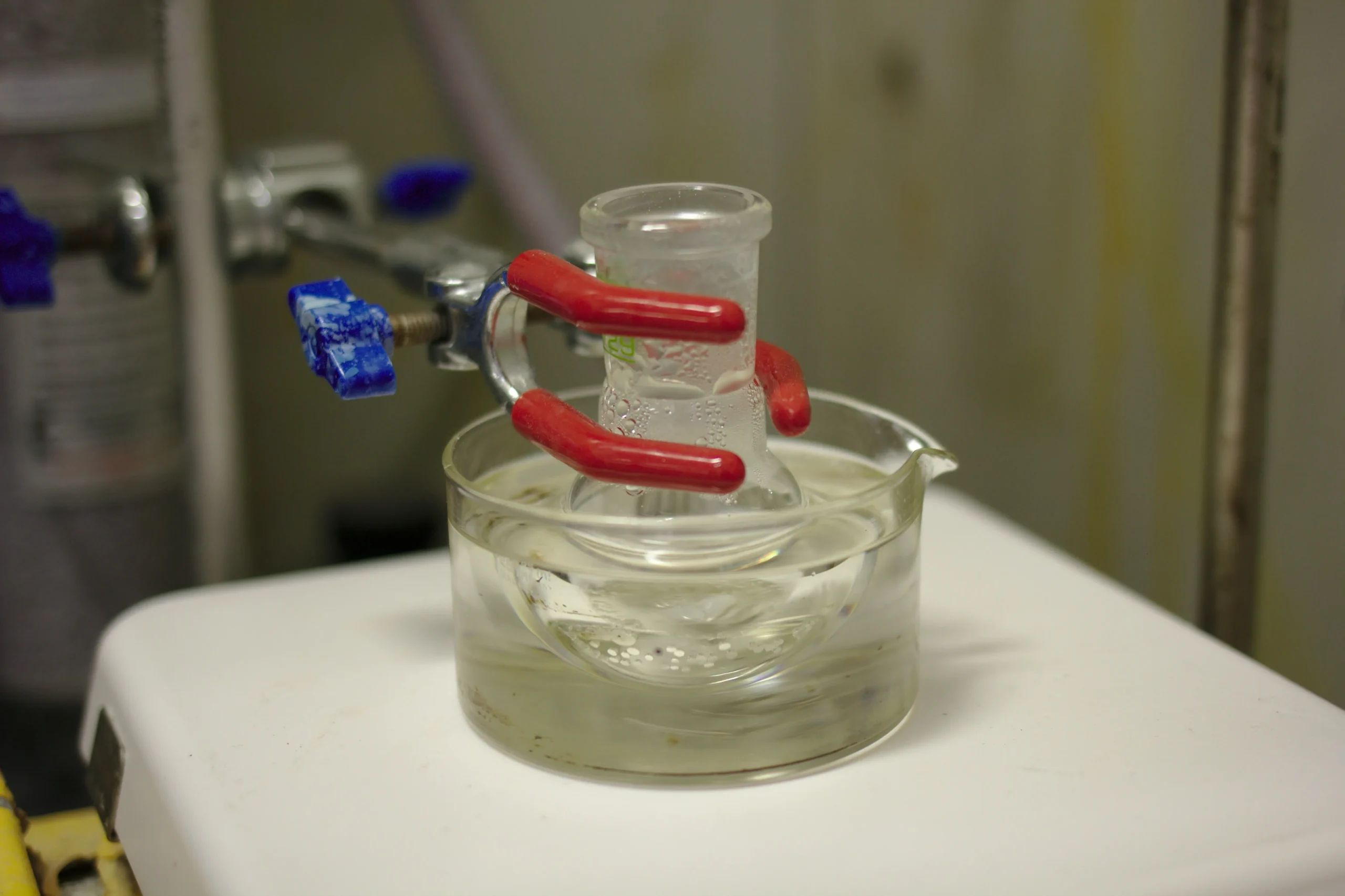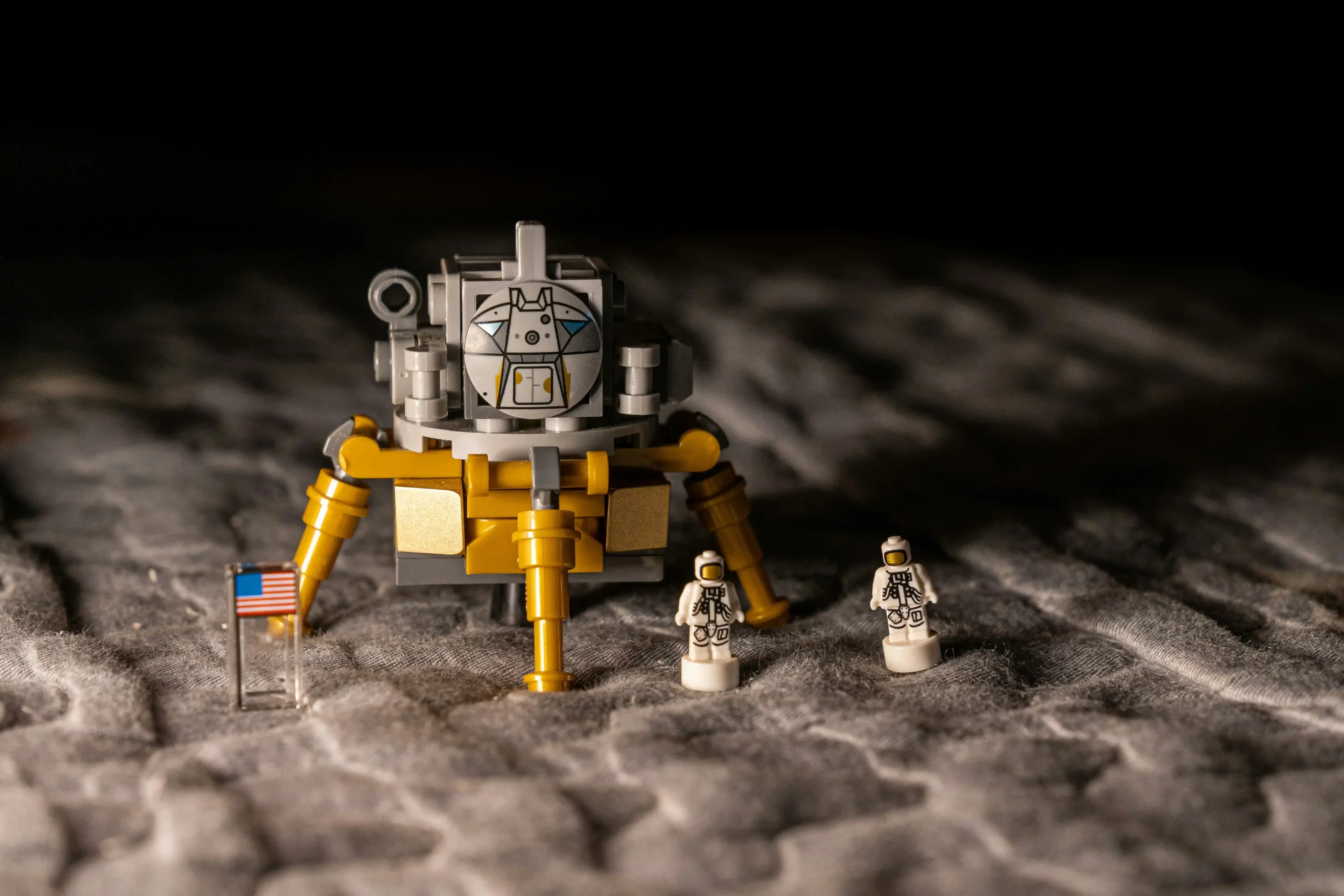NASA’s 2025 Missions: Pioneering the Next Era of Space Exploration
In February 2025, humanity stands on the brink of a new cosmic chapter. NASA’s latest missions are not just about reaching distant planets—they’re redefining innovation, collaboration, and the very way we envision our future. With a $27.2 billion budget approved for 2025, the agency is launching endeavors that blend cutting-edge science, commercial partnerships, and technologies poised to reshape industries on Earth. Imagine mining lunar ice for rocket fuel, decoding Venus’s toxic atmosphere, or retrieving Martian soil samples—all while startups and Fortune 500 companies alike scramble to join the space economy. This isn’t science fiction; it’s NASA’s 2025 roadmap. In this guide, you’ll uncover how these missions work, why they matter for businesses and innovators, and actionable strategies to leverage their breakthroughs. Ready to explore the final frontier—and your next opportunity?
NASA’s Latest Missions: The 2025 Lineup Unveiled
NASA’s 2025 agenda is a masterclass in ambition. The Artemis III mission will land the first woman and person of color on the Moon, using SpaceX’s Starship as a lunar lander. Simultaneously, the Lunar Gateway, a space station orbiting the Moon, will serve as a hub for deep-space research. On Mars, the Mars Sample Return Mission aims to bring back rocks collected by the Perseverance rover, while the Venus DAVINCI probe will dive into the planet’s atmosphere to study its potential for past life. Closer to home, the NEO Surveyor telescope will scan for asteroids threatening Earth. These missions aren’t isolated—they’re interconnected steps toward sustainable lunar bases, Mars colonization, and planetary defense.
How NASA’s Latest Missions Fuel Global Innovation
NASA’s projects are catalysts for cross-industry breakthroughs. For instance, the Moon-to-Mars initiative has spurred advancements in 3D-printing habitats using lunar regolith, a technology already being adopted by construction firms on Earth. The Commercial Lunar Payload Services (CLPS) program, which partners with companies like Astrobotic and Intuitive Machines, is democratizing access to space, allowing startups to test technologies in low-gravity environments. Even healthcare stands to gain: experiments on the International Space Station (ISS) have led to new drug delivery systems, a market projected to hit $1.3 trillion by 2030. For entrepreneurs, NASA’s challenges and grants—like the $5 million Breakthrough, Innovative, and Game-changing (BIG) Idea Challenge—offer direct pathways to funding and collaboration.

Step-by-Step: Leveraging NASA’s Missions for Business Growth
Want to tap into the space economy? Start by aligning with NASA’s Technology Transfer Program, which licenses patents for commercial use—think memory foam or water filtration systems. Next, monitor SBIR/STTR grants, which fund small businesses developing NASA-aligned tech. For example, a robotics firm might adapt rover designs for mining or disaster response drones. Engage with incubators like MassChallenge Space or SpaceWERX to network with industry leaders. Finally, explore spin-off opportunities: satellite data from climate missions can inform agriculture, insurance, and renewable energy ventures. Remember, NASA’s latest missions thrive on partnerships—position your business as a solutions provider.
Real-World Wins: Companies Riding NASA’s Coattails
From startups to giants, firms are already capitalizing on NASA’s 2025 missions. Lockheed Martin secured a $2.7 billion contract to build Mars Ascent Vehicle rockets, while Blue Origin is refining lunar landers for future Artemis missions. Meanwhile, startups like Axiom Space are constructing commercial modules for the ISS, targeting space tourism and microgravity research. On Earth, Teledyne Technologies leveraged NASA’s imaging systems to enhance medical diagnostics. Even non-tech sectors benefit: outdoor brand The North Face used spacesuit insulation for its Antarctic gear line. These examples prove that NASA’s latest missions aren’t just about exploration—they’re economic engines.
2025 and Beyond: Space Trends Every Leader Should Watch
The next decade will see space become a trillion-dollar industry. Key trends include in-situ resource utilization (ISRU)—mining lunar ice for oxygen and fuel—and megaconstellations of satellites enabling global internet coverage. NASA’s partnership with ESA on the Mars Sample Return Mission hints at a future of international resource-sharing. Additionally, AI-driven rovers and quantum communication systems will revolutionize data collection and transmission. For innovators, areas like space debris cleanup (a $3 billion market by 2028) and radiation shielding materials offer untapped potential. Simply put, NASA’s latest missions are the blueprint for tomorrow’s tech stack.
Tools & Resources: Navigating the NASA Ecosystem
To engage with NASA’s latest missions, leverage platforms like NASA Solve, which crowdsources solutions for technical challenges. The NASA Innovation Exchange connects businesses with researchers, while the Startup NASA initiative fast-tracks commercial partnerships. Use open-data portals like Earthdata to access satellite imagery for analytics projects. For funding, track opportunities via NASA’s Procurement Forecast and Space Technology Mission Directorate announcements. Finally, follow thought leaders like NASA Administrator Bill Nelson and SpaceX’s Gwynne Shotwell to stay ahead of trends.
Conclusion: Your Invitation to the Stars
NASA’s latest missions are more than scientific endeavors—they’re invitations to innovate, collaborate, and lead. Whether you’re developing AI for asteroid mining, repurposing space tech for healthcare, or investing in lunar infrastructure, the opportunities are boundless. As we push further into the cosmos, the line between Earth and space industries will blur, creating a new economic frontier. The question isn’t if your business should engage with NASA’s 2025 missions, but how quickly you can act. Ready to launch? The universe is waiting.
